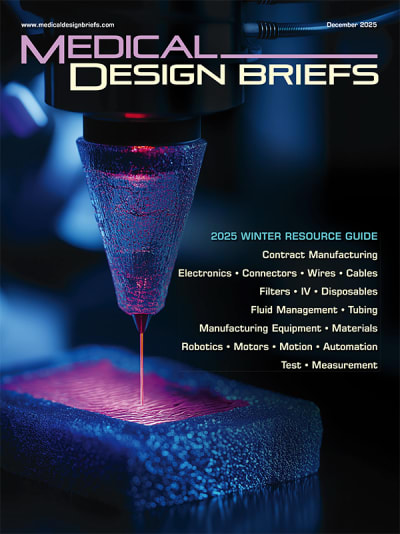Under tremendous pressure to reduce costs, the healthcare industry is facing a monumental shift in how providers are reimbursed for delivering care. Driven in major part by the world’s largest healthcare payer, the U.S. federal government, healthcare reimbursement is moving from a “fee-for-service” model to a “value-based” one. The bulk of contractual and behavioral changes caused by this switch are between healthcare payers and providers. Providers are being incentivized to take on shared risk in the outcome and performance of the care they distribute. Payers are agreeing to share the financial rewards of higher performing and more cost-effective care.
There is a spectrum of alternative payment models being experimented with across the industry, including pay-for-performance, bundled payment, and downside risk models. It is unlikely that the industry will land on one specific reimbursement scheme as the end-all-be-all, but one thing is certain — the industry is increasing its scrutiny of efficacy performance and cost efficiency of the devices and products providers choose to use. As a result, the shift in the payment paradigm is having major ramifications for device manufacturers’ business models and product development teams.
One change that manufacturers are beginning to see is a decrease in the overall volume of devices used in some product categories. Bundled payment and downside risk models are designed to decrease potentially unnecessary services. Some of the biggest effects of these models have been seen in the use of internal devices such as orthopedic implants and coronary implants in hospitals getting bundled payments. Providers must have a clear, data-backed conclusion that an implant procedure is the most cost-effective, highest benefit-providing treatment available. Lower usage rates will begin to put additional stress on the implantable device divisions of manufacturers.
In addition to affecting volume, value-based reimbursement is affecting the degree to which manufacturers will have to prove that new devices provide better outcomes for a given cost basis. If manufacturers can’t demonstrate an increased level of performance for the same cost or a comparable level of performance for a reduced cost compared to existing solutions, new device designs are unlikely to be adopted by providers. The combination of decreased volume and increased scrutiny will make the medical device market increasingly competitive between manufacturers. This combined so-called “proof-of-value” effect requires manufacturers to show the most value delivered to a wider array of stakeholders than ever before, including hospital administrators, payers, and employers in addition to just doctors.
What does this mean for medical device manufacturing? Product development teams have to increase their focus on their core competencies, designing unique, high-performance devices. They will have to provide larger amounts of clinical evidence to get devices adopted. This means a higher hurdle for devices to clear to be financially successful, which means only the most valuable and novel device ideas will thrive. Likewise, manufacturing teams will have to produce more complex designs in more efficient ways. Developing specific know-how and abilities that few competitors share will be key to product success.
Essentially, there will be an increased risk in producing a new device. As a result, OEM device manufacturers are increasingly relying on relationships with manufacturing partners as a way to pass some of this risk down the supply chain. Allowing partners to take on more of the manufacturing capability developments allows device OEMs to focus on designing and validating better devices. Finding the right manufacturing partners who are able to find solutions to new and difficult manufacturing challenges will be critical to OEM success moving forward in a value-based system.
This article was written by William S. Land, II, Business Development Manager for Aerotech, Pittsburgh, PA. For more information, go here .



